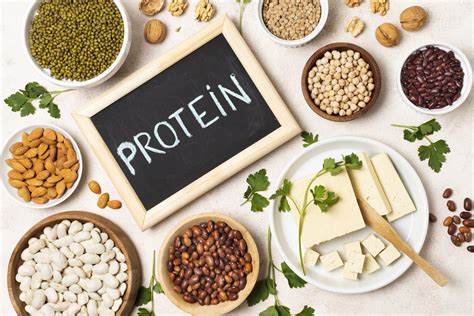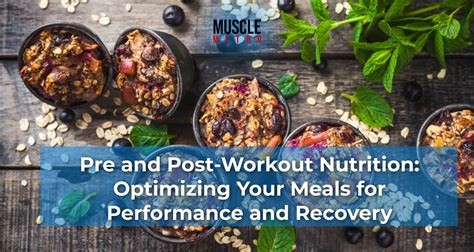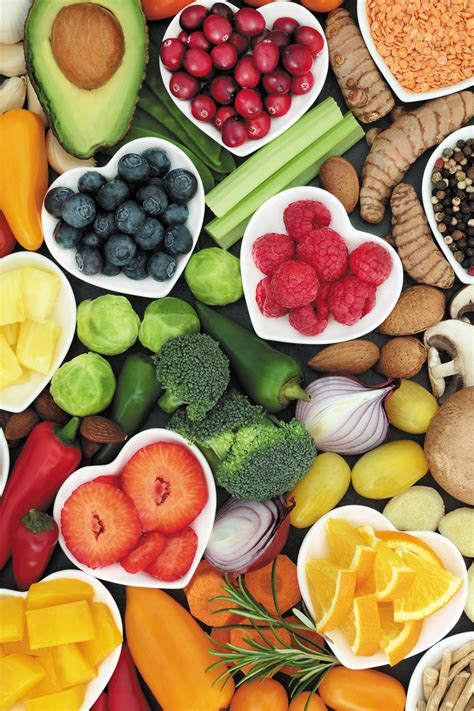What’s the optimal daily protein intake for muscle growth and sustained energy?

The Fundamental Role of Protein in Your Diet
Protein is a critical macronutrient, often hailed as the building block of life. For anyone aiming to enhance muscle growth, support recovery, or maintain consistent energy throughout the day, understanding its optimal intake is paramount. Far beyond just muscle, protein plays a vital role in hormone production, enzyme function, immune health, and satiety, making it indispensable for overall well-being.
While the general population has a recommended daily allowance, individuals with specific goals, especially those engaged in regular physical activity or looking to build muscle, often require significantly more. Navigating the myriad of recommendations can be confusing, but by breaking down the science, we can uncover a personalized approach to protein consumption.

Calculating Your Optimal Protein for Muscle Growth
For muscle growth, the consensus among sports nutritionists and researchers typically points to a range higher than the standard dietary reference intake. The general recommendation for individuals actively strength training is between 1.6 and 2.2 grams of protein per kilogram of body weight (or 0.7 to 1.0 grams per pound of body weight) per day. This range provides ample amino acids to repair muscle tissue damaged during exercise and synthesize new muscle protein.
Factors like training intensity, training volume, age, and individual response can influence where within this range you might fall. Younger individuals or those new to resistance training might see significant results at the lower end, while experienced lifters, those in a caloric deficit, or older adults may benefit from the higher end to preserve muscle mass.
Protein’s Contribution to Sustained Energy
Beyond its structural role, protein significantly contributes to sustained energy. Unlike carbohydrates, which offer a quicker energy release, and fats, which are a dense, slow-burning fuel, protein contributes to satiety and helps stabilize blood sugar levels. When carbohydrate intake is insufficient, or during prolonged periods without food, the body can convert amino acids from protein into glucose through a process called gluconeogenesis, providing a steady supply of energy.
A diet adequate in protein can help prevent energy crashes often associated with high-sugar, low-protein meals. By slowing digestion and nutrient absorption, protein ensures a more gradual release of energy, keeping you feeling full and energized for longer, which is crucial for both physical performance and cognitive function.

Timing and Distribution: Maximizing Benefits
While total daily protein intake is the most critical factor, the timing and distribution of that intake can further optimize muscle growth and energy levels. Research suggests that distributing protein intake evenly across meals, aiming for 20-40 grams per meal (depending on your total daily target and body size), can be more effective for muscle protein synthesis than consuming most of your protein in one or two large meals.
Consuming protein around your workouts, particularly a post-exercise dose, is also beneficial for recovery and muscle repair. A pre-sleep protein shake (e.g., casein) can also provide a slow release of amino acids overnight, supporting muscle recovery during an extended fasting period.

Sources of High-Quality Protein
The type of protein you consume also matters. High-quality protein sources contain all nine essential amino acids necessary for muscle building and other bodily functions. These typically include:
- Animal-based sources: Lean meats (chicken, beef, turkey), fish (salmon, tuna), eggs, dairy products (milk, yogurt, cottage cheese, whey protein).
- Plant-based sources: Legumes (lentils, beans), tofu, tempeh, edamame, quinoa, nuts, seeds, and plant-based protein powders (soy, pea, rice protein).
While animal sources often contain a complete amino acid profile, plant-based diets can also provide sufficient protein by combining various sources throughout the day to ensure all essential amino acids are consumed.

Individual Considerations and Practical Tips
It’s important to remember that these are general guidelines. Factors such as specific dietary restrictions, health conditions, or unique fitness goals might necessitate adjustments. Consulting with a registered dietitian or a sports nutritionist can provide personalized advice tailored to your individual needs.
Practical Tips:
- Track your intake: Use an app or food diary to get an accurate picture of your current protein consumption.
- Prioritize protein at every meal: Make protein a central component of breakfast, lunch, and dinner.
- Smart snacking: Incorporate protein-rich snacks like Greek yogurt, nuts, or a protein shake between meals.
- Listen to your body: Pay attention to how different protein levels affect your energy, recovery, and satiety.

Conclusion
The optimal daily protein intake for muscle growth and sustained energy typically falls between 1.6 and 2.2 grams per kilogram of body weight for active individuals. Distributing this intake across several meals throughout the day, focusing on high-quality sources, and aligning it with your training schedule can significantly enhance your results. By strategically integrating protein into your diet, you can effectively support muscle development, accelerate recovery, and maintain consistent energy levels, paving the way for improved performance and overall health.








